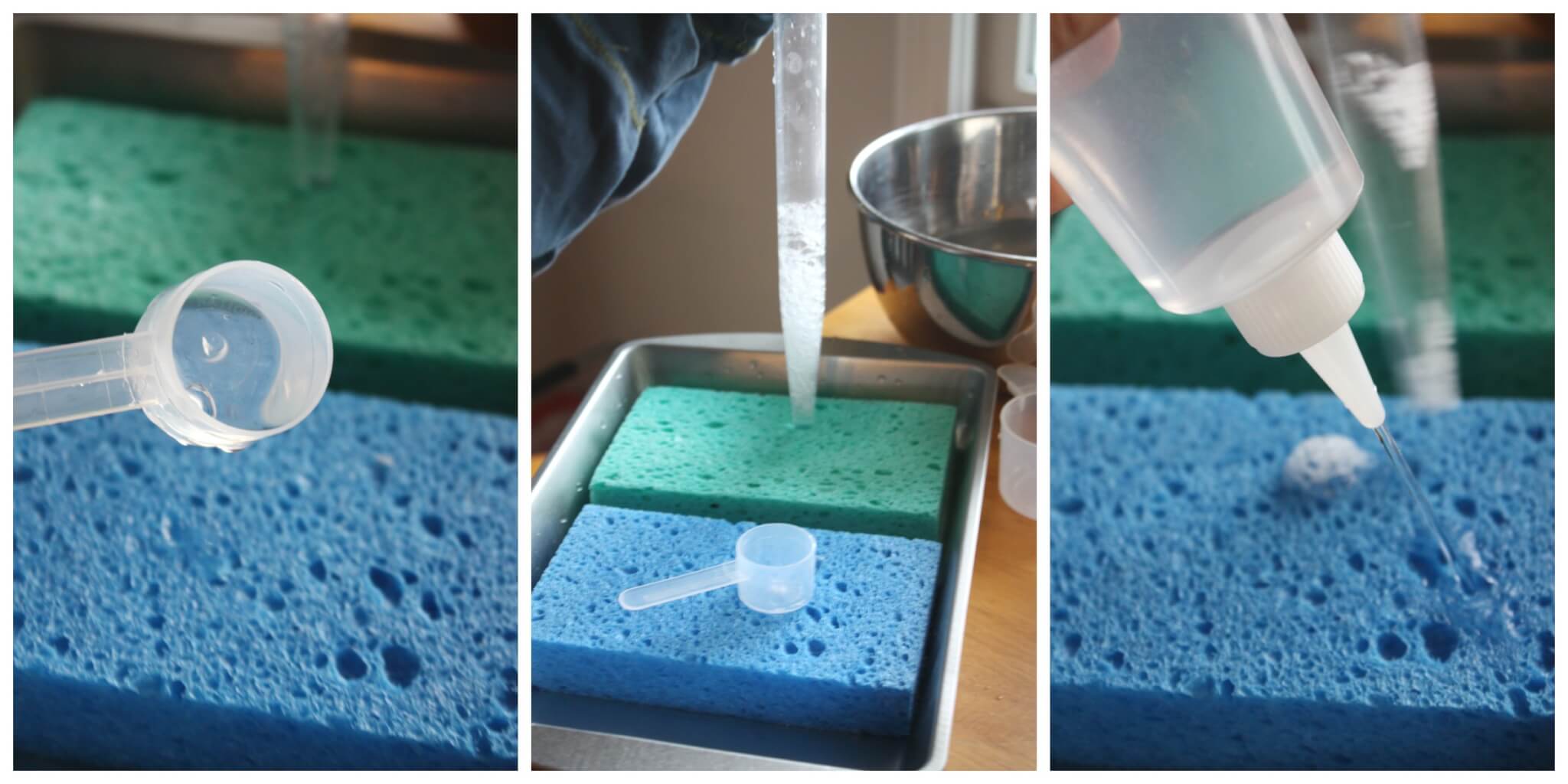

You stir the stuff in the tank.” That stuff is largely oil, but since oil and water don’t mix, that stuff is also emulsifiers, which blend the two so skin care doesn’t go the way of balsamic vinaigrette. An engineer for skin-care manufacturer Amway once described the creation process to the Atlantic by saying, “You put water in a tank. Reports estimate water-based products can be anywhere from 70 percent to 90 percent water, because water is an effective way to dissolve and dilute active ingredients and also the cheapest way to fill a bottle.

Barbara Sturm Hyaluronic Acid Serum ($300) and the Vichy Hyaluronic Acid Serum ($20) are mostly water, and around one percent hyaluronic acid. But it’s also a bummer, because skin care consists of a lot of water.Ī quick scan of the ingredient labels in your bathroom cabinet can confirm: Water is typically the top-listed ingredient. This is a good thing it’s why you can luxuriate in the occasional bath and still lead a long, non-waterlogged life. They come together to form a waxy, water-repellent shield of fatty acids, sebum, and ceramides, which seals the skin’s natural moisture in and keeps external moisture out. The stratum corneum has lots of microscopic moving parts: the microbiome, the acid mantle, the lipid barrier, a layer of dead skin cells sometimes compared to a brick wall. That would be the skin barrier, or the stratum corneum. Skin has what Robinson calls an “armor” in place to defend against “potential aggressors” like bacteria and beauty products. Its job is to protect you from external agents that might cause harm, and it does a very good job at that,” Ron Robinson, cosmetic chemist and founder of BeautyStat Cosmetics, tells the Cut. “The skin is the largest organ in the body. Depending on the ingredient, skin care can go any number of places: Pores! Blood! Breast tissue! Mostly, though, it goes nowhere. I took my questions to the experts and the answer, to all of the above, is yes. Once applied, does it sit on top of your skin? Does it “sink into your pores,” as the beauty bloggers say? And then what - does it pool at the bottom of the pore? Can it get past the bottom of the pore? If so, is there skin care floating in your lymphatic fluid at this very second? Does any actually make it to your blood? There is not, in fact, a cocktail of vital fluids and vitamin C serum coursing through your veins as we speak. (If you ask Gwyneth Paltrow, that number shoots up to 70 percent.) Hard data says otherwise - there’s no way to quantify exactly how much skin care gets “soaked” up by your blood. Perhaps you’ve come across this oft-cited statistic: 60 percent of skin care absorbs into your bloodstream. Photo: Pablo Croatto/Westend61/Getty Images


 0 kommentar(er)
0 kommentar(er)
